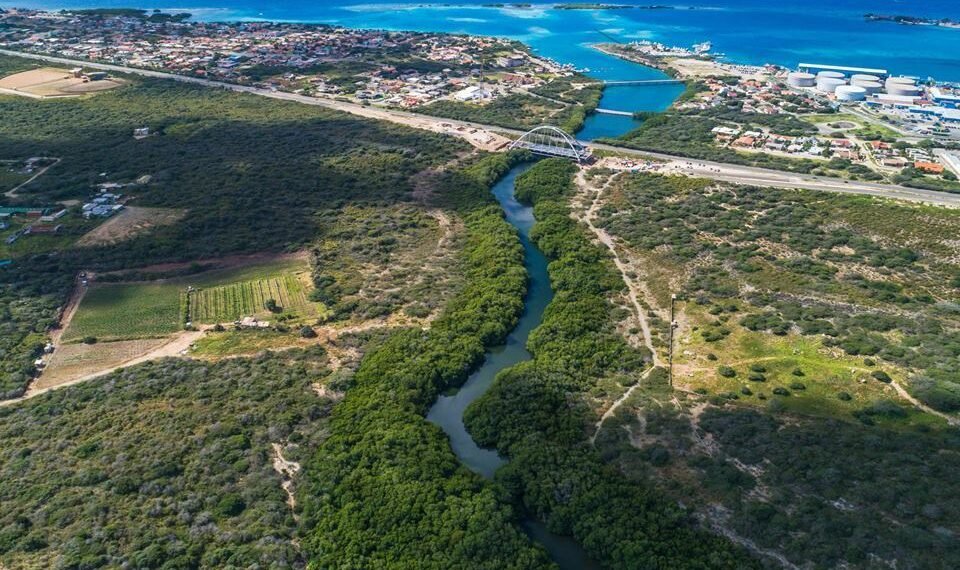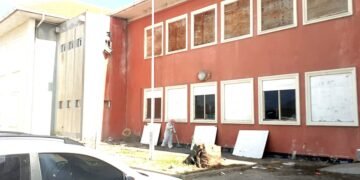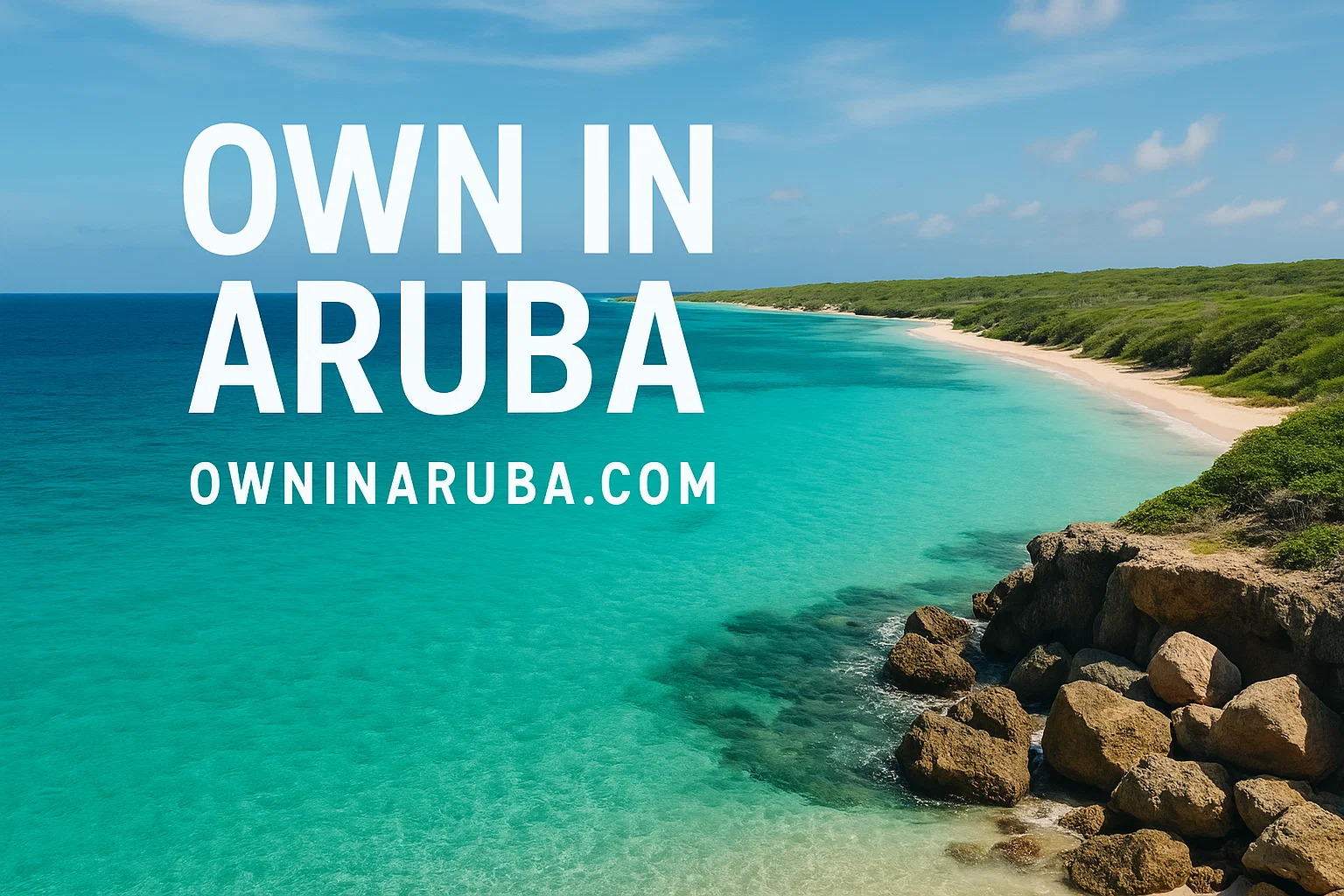Did you know that Aruba’s mangrove ecosystems are some of the island’s richest and most delicate natural habitats? These watery forests are home to a wide variety of marine life, bird species, and even crustaceans — yet they’re facing growing threats due to human activity and environmental neglect.
In this second part of our Environmental Awareness series, we explore Aruba’s iconic mangrove sites and the vibrant life they support, while spotlighting the importance of preserving these precious ecosystems for future generations.
🧭 Where to Find Mangroves in Aruba
Two of Aruba’s best-known mangrove locations are:
-
Spaans Lagoen (Spanish Lagoon)
-
Mangel Halto
These areas are ideal for kayaking, snorkeling, birdwatching, and connecting with nature. But recent years have seen these environments damaged — by careless fires, construction-related deforestation, and even reef drilling. The message is clear: we must do more to protect these natural treasures.
🌊 SPAANS LAGOEN: A Gateway to Biodiversity
Surrounded by lush greenery and tranquil waters, Spaans Lagoen is a serene spot where land and sea meet. This area transitions directly into Mike’s Reef and later to Mangel Halto’s clear waters. Despite its peaceful appearance, Spaans Lagoen has been the focus of serious concern due to environmental mishandling.
Let’s remember: leave nothing but footprints, and take only memories.
🪸 MANGEL HALTO: Snorkeler’s Paradise
While its name can be loosely translated in Papiamento as “tall mangroves” (or more playfully as “candy high”), Mangel Halto is most famous for its vibrant snorkeling scene, clear waters, and diverse marine life.
🐟 Who Lives in the Mangroves?
Below the Surface:
-
Caribbean reef squids – colorful and curious
-
French angelfish – adorned in electric blue and yellow
-
Schools of fish – darting between roots and coral
-
Snorkelers – like you, sending peace signs to the sea
Above the Surface:
-
Pelicans and herons – fishing in the shallow waters
-
Black-necked stilts – wading through reeds
-
Least sandpipers – foraging near the mangrove edges
-
Flamingos – occasionally spotted wading gracefully
🦀 CRAWLERS of the Mangroves
Don’t forget the crustacean crew, doing their part to keep the mangroves clean:
-
Fiddler crabs – nature’s tiny recyclers
-
Hermit crabs – hiding in seashell homes beneath the trees
🧭 What’s at Stake
Locals and conservationists have raised alarms over:
-
Fire damage caused by human carelessness
-
Resort construction threatening coral and mangrove zones
-
A lack of regulation in certain natural areas
Groups like the Aruba Reef Care Foundation are advocating for stronger protection and more education about the crucial role mangroves play in coastal defense, biodiversity, and water quality.
💚 A Call to Action
These fragile ecosystems are full of life — but only if we choose to protect them. Whether you’re a resident or visitor:
-
Avoid disturbing wildlife
-
Use reef-safe sunscreens
-
Do not litter or anchor near coral
-
Support local eco-initiatives and clean-up efforts
As one volunteer shared in a Reef Care video:
“Mangroves are more than trees — they’re living barriers that protect our coastlines and give life to Aruba’s underwater world.”
🌎 Let’s Keep Aruba Happy — and Healthy
Mangroves are a part of Aruba’s untamed beauty and natural soul. From birds to fish to the people who depend on them, these environments matter. Let’s keep learning, sharing, and most importantly, protecting.
Stay tuned for more in our Aruba Environmental Awareness series.
Photo credits : https://www.visitaruba.com/blog/about-aruba/mangroves-and-wildlife-environmental-awareness-from-aruba-pt-ii/
























Discussion about this post